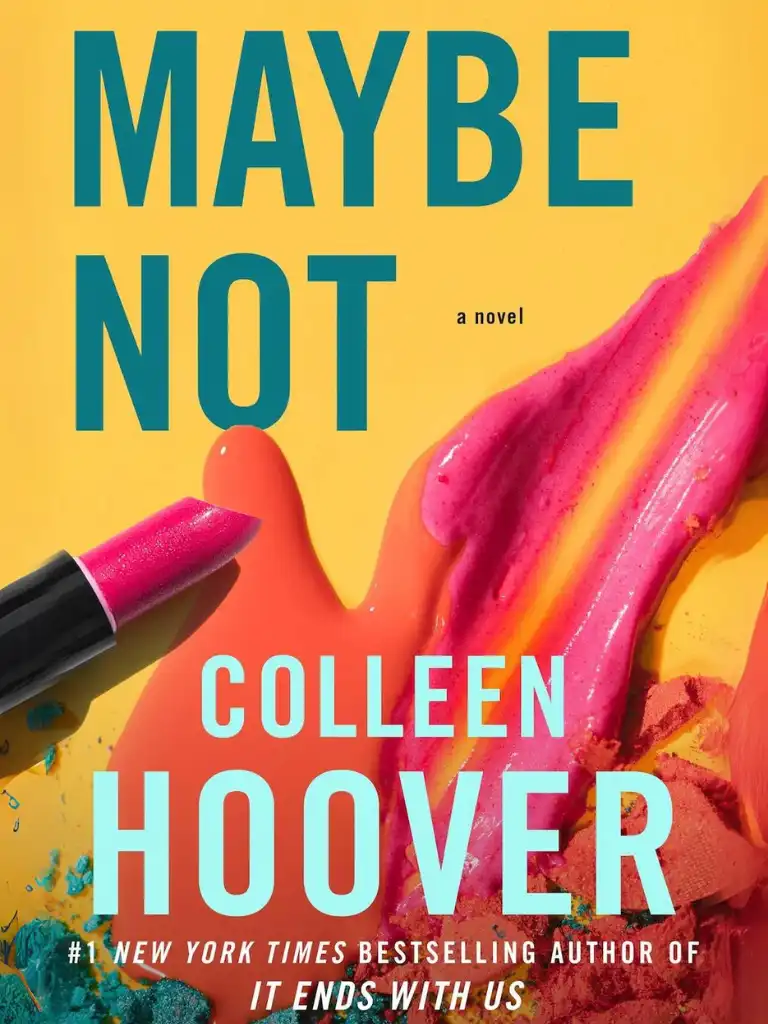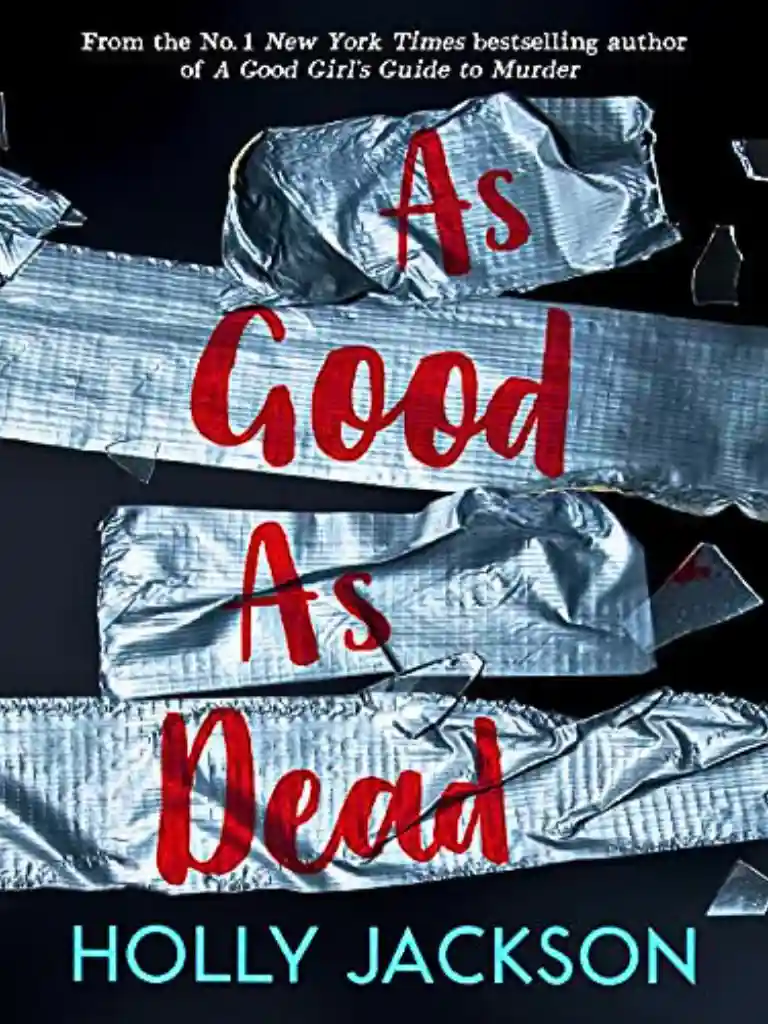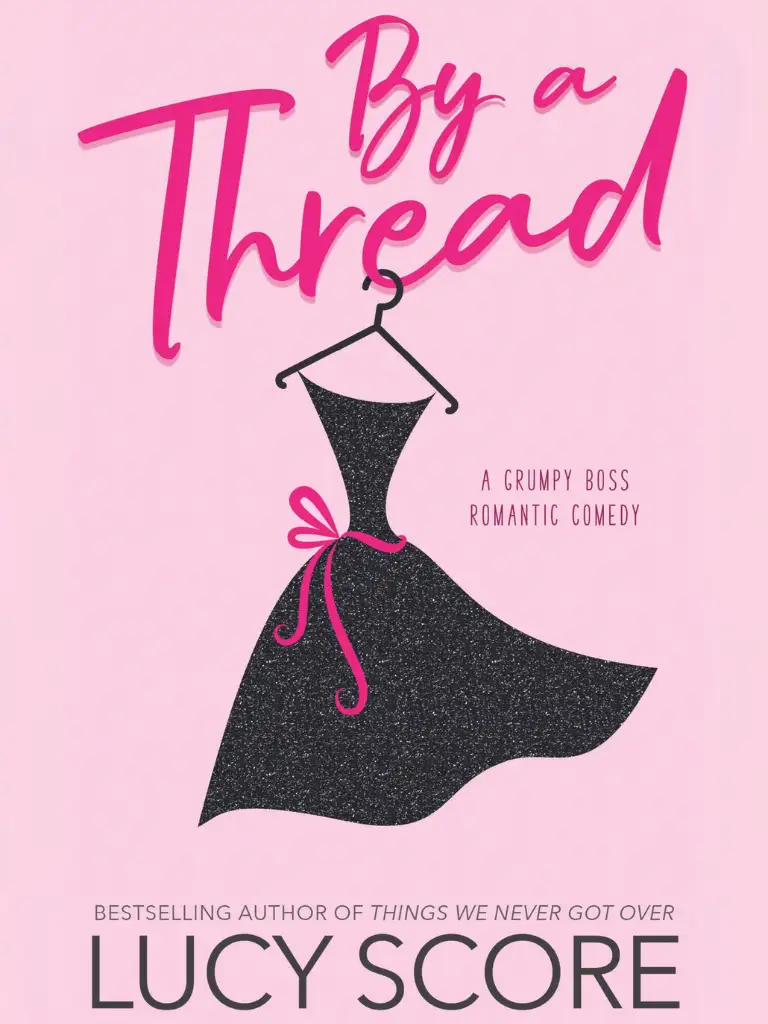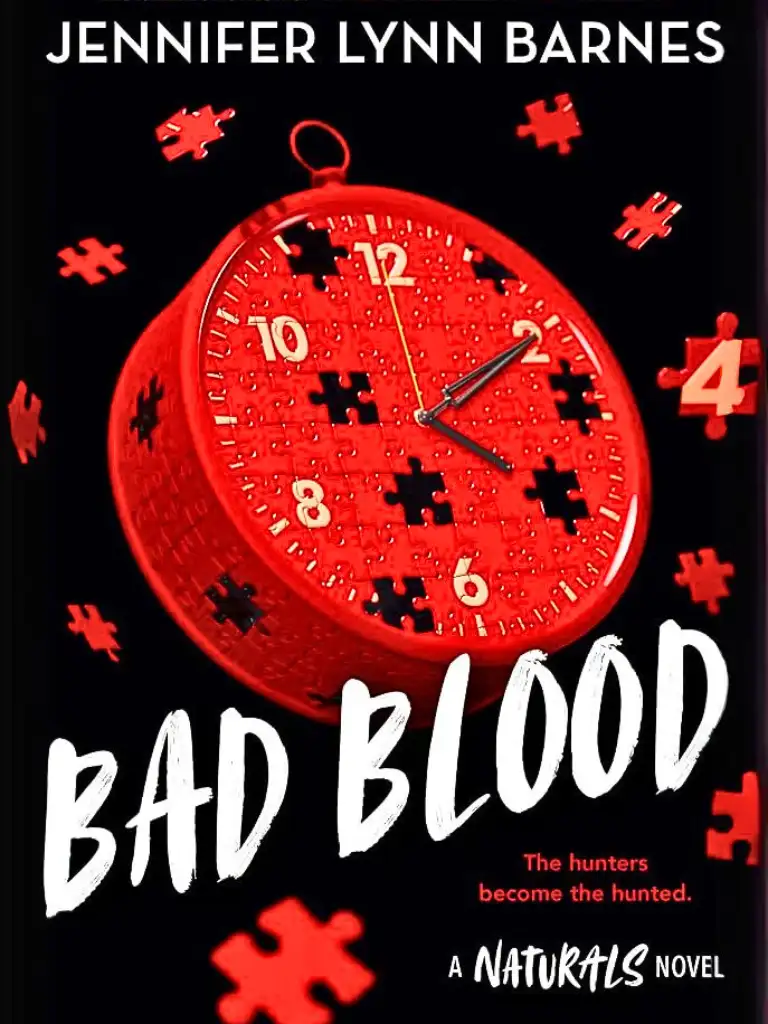“Let you be stripped of your purple dyes, for
I too once in the wilderness with my wife had all the treasure I wished.”
– Erikidu
Toward the end of October, Navidson went up to Lowell to take care of his brother’s things. He assured Karen he would join her and the children by the first of November. Instead he flew straight back down to Charlottesville. When Thanksgiving came and went and Navidson still had not made it to New York, Karen called Fowler.
Following the release of The Navidson Record, Audrie McCullogh, who helped Karen build the bookshelf, briefly discussed the Navidsons’ relationship in a radio interview (a transcript can be obtained by writing to KCRW in Los Angeles). In it Audrie claimed the decision not to get married always came from Karen: “Navy would have married her in a second. She was always the one against it. She wanted her freedom and then would go berserk when he was away. Her whole affair with Fowler was about that. Seeing someone else but not. . . agh, I shouldn’t get into that.” [309-Audrie McCullogh interviewed by Liza Richardson on “Bare Facts,” KCRW, Los Angeles, June 16, 1993.]
After Navidson had vanished down the Spiral Staircase, Karen found herself trapped between two thresholds: one leading into the house, the other leading out of it. Even though she finally did succeed in leaving Ash Tree Lane and in some respects Navidson, she was still incapable of entering any sort of dark enclosed place. Even in New York she refused to take subways and always avoided elevators.
The reasons are not at all obvious. The leading theory now depends on a history given by Karen’s estranged older sister Linda. Earlier this year, she went on a public access “talk show” and described how they had been sexually abused by their stepfather. According to her, one fall weekend while their mother was away, he took both girls to an old farmhouse where he forced Karen (age fourteen) down into a well and left her there while he raped Linda. Later, he forced Linda down the well and did the same to Karen.
The pharmacotherapy study Karen participated in never mentions any history of sexual abuse (see footnote 69). However it does not seem unreasonable to consider a traumatic adolescent experience, whether a fantasy or real, as a possible source for Karen’s fears. Unfortunately when asked by various reporters to confirm her sister’s claim, Karen refused to comment.
Navidson also refuses to comment, stating only that Karen’s already natural fear of that place was worsened by her severe “claustrophobia.” In The Navidson Record, Karen describes her anxiety in veiy simple terms:
“Green lawns in the afternoon, warm 100 watt bulbs, sunny beaches, all of them, heaven. But get me near an elevator or a poorly lit basement and I’ll freak. A blackout can paralyze me. It’s clinical. I was once part of a study but the drugs they gave me made me fat.”
More than likely no one will ever learn whether or not the stories about the well and Karen’s stepfather are true.
After a decade of distance, the house was supposed to be a new beginning. Navidson gave up assignments abroad and Karen vowed to concentrate on raising their family. They both wanted and for that matter needed what neither one could really handle. Navidson quickly took refuge in his documentary. Regrettably for Karen, his work was still at home. He played more with the children, and every day filled the rooms with his substantial energy and natural authority. Karen was not strong enough to define her own space. She needed help.
Except in those objects housing evidence of her adultery, Karen’s affair with Fowler barely exists in The Navidson Record. It was not until the film began to succeed that details concerning this relationship, however spurious, began to emerge.
Fowler was an actor living in New York. He worked at a Fifth Avenue clothing store, specializing in Italian cuts for women. He was considered consummately attractive and spent his evenings talking about acting down at the Bowery Bar, Naked Lunch, or Odelay-la. Apparently he picked up Karen on the street.
Literally.
Rushing to meet her mother for dinner, Karen had stepped off the curb and turned her ankle. For a dazed instant she lay on the asphalt amid the scattered contents of her bag-der absoluten Zerrissenheit. [310-A line for Kyrie, though these days she’s a little unapproachable as Gdansk Man is now officially on some kind of Halloween rampage. He apparently cornered Lude at Dragonfly intending to exact some kind of serious physical retribution. Lude smiled and kicked him hard in the balls. The bouncers there, all friends of Lude’s, quickly threw the madman into the street. Gdansk Man in turn, being one of this century’s truly great logicians, left some yelling message on my machine. A powerful bit of articulation on his part, frequently juxtaposing murder and my name with just the right amount of grunting incoherence. Who cares? Fuck him. As if he’s really going to change any of this, which also applies to that scrap of German up there, as if a tranlation will somehow decrease the shattering effect this whole thing has had on me. It won’t. I know that now. There’s little else I can do now but copy it all down. And fast.] An instant later, Fowler reached down and lifted her back onto the sidewalk. He gathered up her things and paid attention to her. By the time he was gone, she had given him her number and two days later when he called she had agreed to a drink.
After all, he was consummately attractive, and even more appealing to Karen, he was stupid.
This had taken place when Navidson and Karen were still living in New York City, a year before they bought the house in Virginia. Navidson was off taking aerial pictures of barges off the Norwegian coast. Once again, Karen resented being left alone with the children. Audrie claimed she was “desperate for a way out.” [311-Interview with Audrie McCullogh. KCRW, Los Angeles, June 16, 1993.] Fowler’s timing could not have been better.
Audrie stopped short of revealing much about the affair, but Karen’s sister, Linda, offered a pornographic recounting which many took seriously until they realized she had been out of touch with Karen for at least three years. The only source for this story comes by way of Fowler. No doubt the attention he received from the media was too much for a struggling actor to give up. Nor is there any question that he embellished to keep the media interested.
“She’s a great lady” Fowler first told reporters.” And it wouldn’t be cool to talk about it, about us, I mean.” [312- Jerry Lieberman’s “Fowl Play” in People, v. 40, July 26, 1993, p. 44.] And then a little later to some tabloid reporters, “What we had was special. Ours. You know what I mean. I don’t have to explain what we did or where we did it. We went to the park, had a drink, talked. I tried to show her some fun. We’re friends now. I wish her well, I do.” And still later, “She wanted a divorce. [313-Karen had told Fowler she was married. She even wore one of her mother’s old wedding bands to prove it. (See New York, v. 27, October 31, 1994, p. 92-93).] That guy didn’t treat her well. She fell down in the street and I picked her up. She’d never had anyone do that for her before.” [314-The Star, January
24, 1995, p. 18.]
Fowler probably never realized how wrong he was. Not only had Navidson carried Karen out of that house, he had picked her up a hundred times over the course of eleven years and carried her fear, her torment and her distance. In a rare moment, Reston called in on a late-night radio show and lambasted the host for promoting such ridiculous gossip: “Let me tell you this, Will Navidson did everything for that woman. He was solid. Once, for a thirteen month stretch, she wouldn’t let him touch her. But he never budged. Loved her just the same. I doubt that punk would have lasted a week. So give it a rest @$$hole” and before the subject could turn to the house or anything else, Reston hung up. [315-Cahill Jones’ “Night Life,”
KPRO, Riverside, September 11, 1995.]
Eventually Fowler moved on to other things. He married a pornstar and disappeared into a very disagreeable world.
Rumours still insist Karen had other affairs. As beautiful as she was, it is not hard to believe she had suitors. Strangers were constantly writing her love letters, delivering expensive perfumes, sending her plane tickets to far off places. Supposedly she sometimes responded. There was someone in Dallas, someone in L.A. and several in London and Paris. Audrie, however, claims Karen only flirted and her indiscretions never went further than a coy drink or a curt meal. She maintains that Karen never slept with any of them. They were just a means to escape the closeness of any relationship, particularly the one with the man she loved most.
It is pretty certain Navidson knew about “the love letters Karen hid in her jewelry box.” [316-Audrie McCullogh. KCRW, Los Angeles, June 16, 1993.] But what intrigues many critics these days is the manner in which he chose to regard that curious object. As semiotician Clarence Sweeney wrote:
While Navidson refused to make her infidelities a ‘public’ part of the film, he seemed incapable of excluding them either. Consequently he symbolizes her transgressions in the sealed hand-carved ivory case containing Karen’s valuables, thus creating a ‘private’ aspect to his project, which in turn prompts yet another reevaluation of the meaning of interiority in The Navidson Record. [317-See Clarence Sweeney’s Privacy and Intrusion in the Twenty-First Century (London: Apeneck Press, 1996), p. 140, as well as works already mentioned in footnote 15. Also reconsider the moment discussed in Chapter II (pages 10-11) where Navidson opens the jewelry box and then moments later throws out some of the hair he has just removed from Karen’s brush.] [318-No matter whether you’re an electrician, scholar or dope addict, chances are that somewhere you’ve still got a letter, postcard or note that’s meaningful to you. Maybe only to you.
It’s amazing how many people save at least a few letters during their lifetime, leaves of feeling, tucked away in a guitar case, a safety deposit box, on a hard drive or even preserved in a pair of old boots no one will ever wear. Some letters keep. Some don’t. I have a few that haven’t spoiled.
One in particular hides inside a locket shaped like a deer.
It’s actually a pretty clunky thing, supposedly over a hundred years old, made out of polished sterling silver with platinum plated antlers, emerald eyes, small diamonds on the fringe of its mane and a silver latch disguised as the tail. A thread of braided gold secures it to whoever wears it, which in this case has never been me. I just keep it by my bed, in the locked lower drawer of my nightstand.
My mother was the one who used to wear it. Whenever I saw her, from the time I was thirteen till I was almost eighteen, she always had it around her neck. I never knew what she kept inside. I saw it before I left for Alaska and I guess even back then there was something about its shape I resented. Most lockets I’d seen were small, round and warm. They made sense. Hers I didn’t get. It was awkward, ornate and most of all cold, every now and then blinking out odd bits of light, a warped mirror, attempting a reflection when she took care of it. For the most part only achieving a blur.
I saw it again before I left for Europe. An essay I’d written on the painter Paulus de Vos (1596-1678) had won me an all-paid summer abroad. I lasted two days in the program. By the third day I was heading for the station, looking for something, maybe someone, a bindle on my back, a Eurorail pass in hand, not more than three hundred bucks in traveler checks in my pocket. I ate very little, hustled from place to place, peeking into Czechoslovakia, Poland and Sweden before looping west so I could race all the way down from Denmark to Madrid where I stalked the halls of the Prado like a pack of hounds howling for a hart. Star stung chess games in Toledo soon gave way to a mad trek east for the littered lore of Naples and eventually a ferry ride to Greece where I made my way among Ionian islands before heading on towards destinations even further south. Back in Rome, I spent almost a week at
a whorehouse, talking to the women about the simplest stuff while they waited for their next turn-another story waiting on other days. In Paris I lived at the bistros during the night, occasionally splurging on beer and escargots, while during the day I slept brokenhearted on the guays of the Seine. I don’t know why I say brokenhearted. I guess it’s the way I felt, all emaciated and without company. Everything I saw in me somehow only reflecting my destitution. I often thought about the locket, dangling from her neck. Sometimes it made me hurt. Often it made me angry.
She once told me it was valuable. That thought never crossed my mind. Even today I won’t consider its monetary worth. I’m living off of tuna, rice and water, losing pounds faster than Lloyd’s of London, but I’d sell body parts before I’d consider taking cash for this relic.
When my mother died the locket was the only thing she left me. There’s an engraving on the back. It’s from my father [319-Mr. Truant is referring here to his biological father not Raymond, his foster father. – Ed.]: “My heart for you, my love-March 5, 1966”-practically prophetic. For a long time, I didn’t flip the latch. I’m not sure why. Maybe I was afraid what I’d find inside. I think I expected it to be empty. It wasn’t. When I finally did crack the hinge, I discovered the carefully folded love letter disguised as a thank you letter, scrawled in the hand of an eleven year old boy.
It’s a letter I wrote.
The very first one my mother ever received from the son she left when he was only seven. It’s also the only one she saved.
It is safe to assume Navidson knew Karen better than anyone else. No doubt his knowledge of Fowler, the cache of letters, certainly the discovery of Wax and Karen’s kiss, contributed to his decision to return to the house for one more exploration. [320-Covered in greater detail in Chapters XVII and XIX.] He left her to New York because by then he knew she was already gone. And she was.
Jerry Lieberman who wrote the original People interview with Fowler had spoken with the would-be-actor for a possible follow up article but lack of interest in the affair caused him to shelve the story. After a little haggling, he agreed to send the tape of their last conversation. Here then for the first time is what Fowler told Lieberman on July 13, 1995:
Yeah, she called me up, said she was in town, how ’bout a drink, that sort of thing. So we go out a few times. I fuck her a few times, you know what I mean,
but she’s not talking much now. Only thing she says is she’s working on some film short. I asked her if there’s a part for me but she tells me it’s not that kind of film.
I must have seen her two or three maybe four times. It was fun and all but she looked like hell and I didn’t like taking her around. She’d changed over the months,
pale, darker, didn’t smile much, and when she did it was kinda different than before, kinda quirky, weird, real personal.
She looked her age too. Too old for me really and with kids and all and well, time to move on. Those things happen you know.
Anyway I didn’t need to worry that she’d get clingy or anything. She wasn’t that type of
lady. The last time we went out, she said she only had a few minutes. She had to get back to that film she was editing or whatever. Something about interviews and family movies. And that was that. She shook my hand and left.
But I’ll tell you, she was different from when I first met her. I’ve fucked around with married women before. I know how they get off on dicking over their husband. She wasn’t like that now. She needed him. I could see that in her eyes. It wasn’t the first time either I seen a married woman get eyes like that. Suddenly they want what they got off getting away from in the first place. It’s all flicked up. And she was like that. All flicked up and needing him. But as that story usually goes, he wasn’t around no more. [321 -Courtesy of Jerry Lieberman.]
Which was true. Navidson was no longer around, except of course
Karen still saw him every day and in a way she had never seen him before
-not as a projection of her own insecurities and demons but just as Will Navidson, in flickering light, flung up by a 16mm projector on a paintwhite wall.








